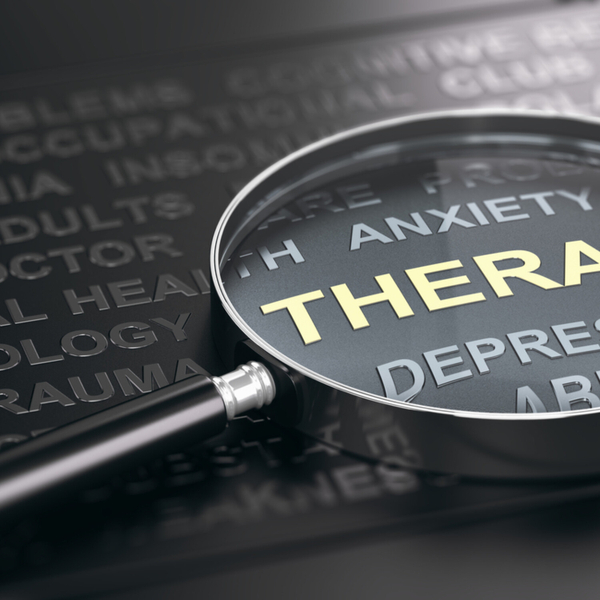
If you believe someone you know is displaying a change in behaviour or mood which you feel may be potential red flags of poor mental health/mental illness.
Many people have mental health concerns from time to time.
But a mental health concern then becomes a mental illness when ongoing signs and symptoms affect your ability to function independently.
Anxiety
Anxiety disorders are the most common mental illness in the U.S., affecting 40 million adults in the United States age 18 and older, or 18.1% of the population every year.
Biologically speaking, anxiety is a triggering of the fight or flight response to prepare us mentally and physically to deal with a perceived threat.
It is believed to have evolved to keep us safe and in Palaeolithic times, anxiety was crucial to our survival to protect ourselves from the many dangers in the wild.
At any sign of danger, our body's sympathetic nervous system was activated due to a sudden release of stress hormones, including adrenaline and noradrenaline, boosting oxygen to our limbs that allowed us to flee from danger.
This 'fight or flight' response resulted in an increase in heart rate, blood pressure, and breathing rate, which left us trembling.
However, whilst our world has changed around us, and we no longer need to be on our guard from say, wild animals and human enemies, we still remain hard-wired to protect ourselves.
However, Anxiety disorders, keep us on a permanent high alert and prompt us to feel panic and fear at ordinary, everyday events. Psychologically, they set off a sense of dread and alarm; physically, they speed our hearts and pulses, makes us sweat, shake, or feel dizzy with worry.
Anxiety disorders include generalised anxiety disorder (GAD), social anxiety and panic attacks, all of which can impact an individual's life.
Panic disorder is an anxiety disorder where you regularly have sudden attacks of panic or fear.
A panic attack is a sudden rush of intense mental and physical symptoms, lasting between five and 20 minutes.
Sufferers are left feeling frightened and distressed, often reporting they thought they were dying.
Successful treatments for anxiety include therapy, medications such as beta-blockers, and making life changes.
Phobias
Phobias are a type of anxiety disorder characterised by the fear of a specific object or situation.
They fall into three types:
1. specific phobia, fear of heights
2. agoraphobia, fear of leaving one's safe place)
3. social phobia, fear of interacting with other people, of evaluation or humiliation).
Even though most people with phobias know that logically their fears are irrational, this does not assuage the panic, sweating, terror, breathlessness, dizziness or even fainting that experiencing the feared object or situation triggers.
Whilst some phobias, such as the fear of spiders, may have an evolutionary background that once kept us safe in the wild, others are believed to be the result of a stressful episode, that the brain remembers and reacts to again and some could simply be learned from a phobic parent.
Mental Health Training
More information in https://mentalhealthtraining.info/